Product Consultation
Your email address will not be published. Required fields are marked *
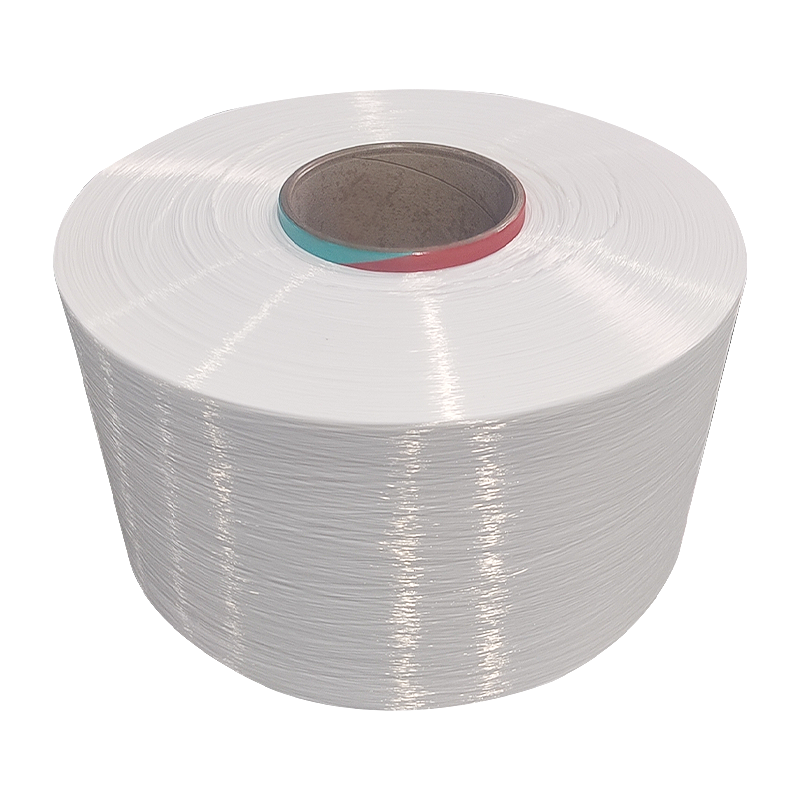
How is nylon mother yarn different from regular nylon yarn?
Dec 25,2025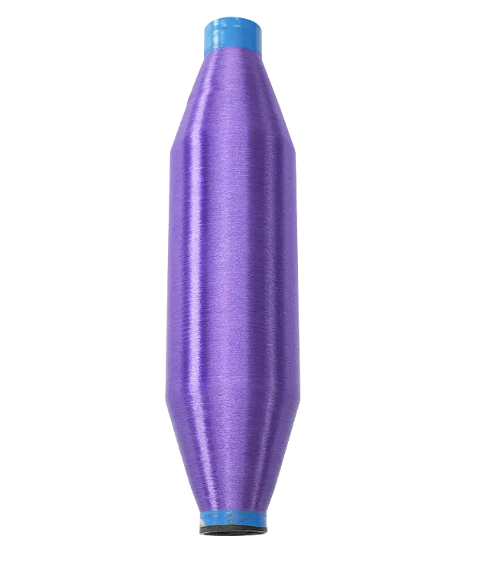
Will biodegradable yarn release harmful substances or cause environmental pollution during the degradation process?
Dec 18,2025
Is nylon mother yarn suitable for high abrasion resistance or high strength applications?
Dec 11,2025Influence of material types
Common raw materials for biodegradable yarns include polylactic acid, polycaprolactone, starch-based polymers, natural fibers and some modified fibers. The molecular structure, degree of polymerization and crystallinity of different materials vary greatly, which affects their identifiability and decomposition difficulty in the microbial environment. For example, some materials with high crystallinity are more difficult to be degraded by microorganisms under natural conditions and the degradation rate is slower, while some natural polymers or modified materials with strong hydrophilicity are more easily degraded under hydrolysis or enzymatic hydrolysis.
Influence of environmental conditions
The environment is an important external factor that determines the decomposition efficiency of biodegradable yarns. Temperature is one of the core variables. High temperature can accelerate the molecular movement and hydrolysis process of yarns, which is conducive to the action of microorganisms. Humidity should not be ignored either. Yarns are more likely to absorb water and swell in a humid environment, increasing the contact area with microorganisms and accelerating the degradation reaction.
Oxygen content and the activity level of microorganisms in the soil also play an important role in degradation. Under aerobic conditions, the degradation of yarns is usually faster, while in anoxic or anaerobic environment, the degradation process will slow down or even stagnate. Differences in microbial species in different soil types can also affect degradation efficiency. For example, more active microbial communities in composting environments can greatly accelerate the degradation process.
Impact of product design and processing methods
The structure of the yarn itself and the textile process can also affect its degradation rate. The thickness, twist and surface treatment of the yarn determine its contact area and degradability in the environment. The finer the fiber, the larger the surface area, which is more conducive to the penetration of water and microorganisms, thereby improving the degradation efficiency. If the yarn is treated with hydrophobicity or anti-degradation additives, it will inhibit the activity of microorganisms and slow down the degradation process.
After the yarn is woven into fabric, the density and structure of the fabric will also affect the overall degradation. Fabrics that are sparse or have good ventilation and water permeability are more conducive to the action of microorganisms and the degradation process is smoother.
Impact of post-use treatment methods
After the biodegradable yarn is used, its treatment method also determines the final degradation performance. For example, the degradation performance of yarn abandoned in natural soil, composting facilities or industrial degradation environments will be very different. Under composting conditions, yarns tend to degrade in a shorter time due to relatively stable temperature, humidity and microbial density. If mixed into traditional landfills, the degradation process may be significantly delayed due to lack of oxygen or closed environment.
The degradation rate of biodegradable yarn is a multi-dimensional and multi-variable process. The nature of the raw materials, the environmental conditions, the processing technology and the subsequent treatment methods all play a key role in it. On the road to promoting green textiles and circular economy, in-depth understanding and reasonable application of these factors will help to achieve the organic unity of material design and environmental protection.

Will single strand biodegradable yarn produce harmful substances during the degradation process?
2025-05-13
How to control the melting characteristics of low melt FDY yarn during spinning or heat treatment?
2025-05-27Your email address will not be published. Required fields are marked *
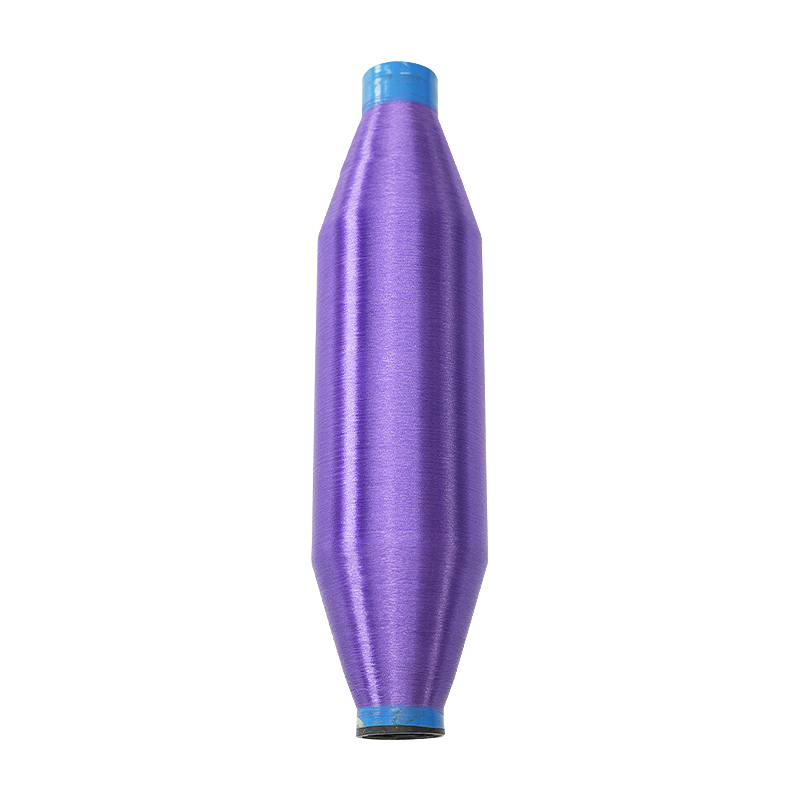
Single Strand Biodegradable Yarn is a single-strand structure, consisting of a single fiber bundle with no multiple strands tangled together. This structure makes the yarn softer, and smoother and exh...
See Details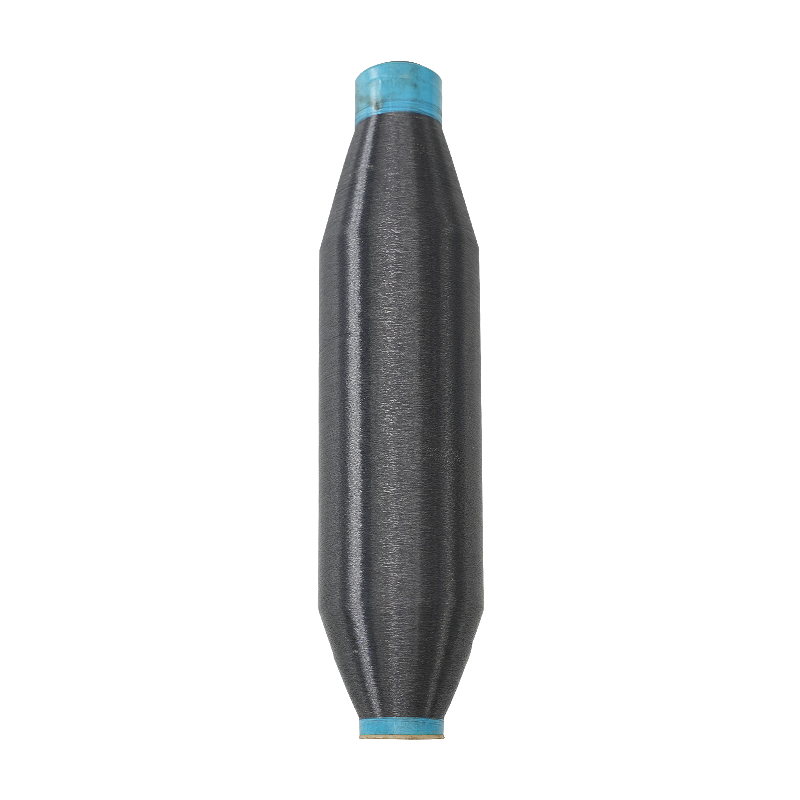
Nylon is a synthetic fiber with good strength and wear resistance, so 40D biodegradable yarn inherits the properties of nylon fiber. It has tensile strength, abrasion resistance and corrosion resistan...
See Details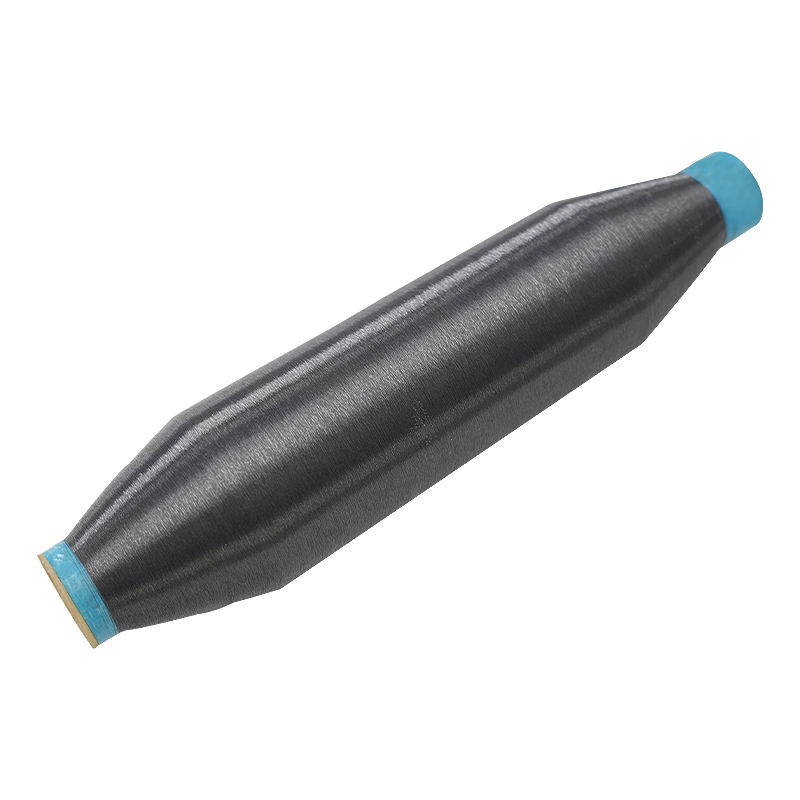
Elastic high-performance polyamide multifilament refers to a synthetic fiber made from polyamide polymer (commonly known as nylon). Resilient and high-performance properties make it suitable for a var...
See Details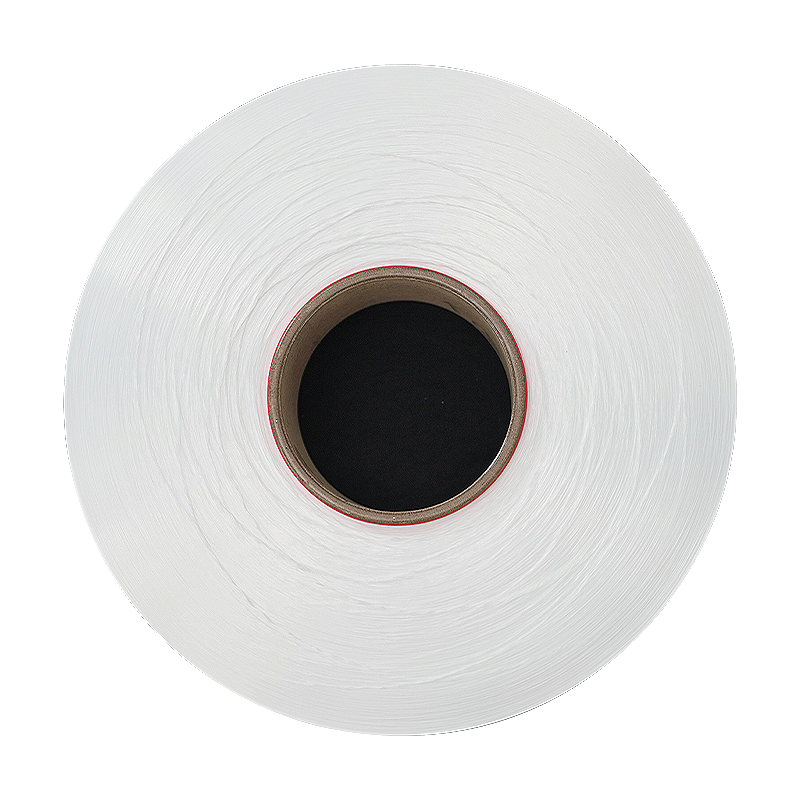
Durable composite nylon yarn has stretch and recovery properties, providing the necessary comfort, fit, and flexibility for clothing and textiles. Made of a blend of nylon fiber and polyester fiber, i...
See Details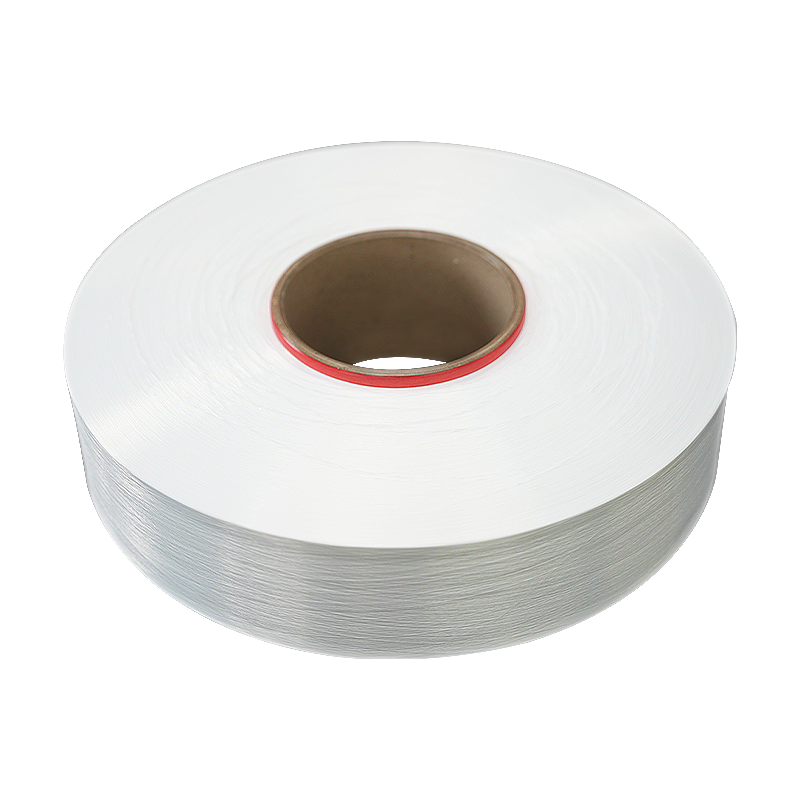
Nylon composite yarn has high strength and toughness. Textiles made with Nylon composite yarn have good stretch resistance and tear resistance. This yarn has a wide range of applications and can be us...
See Details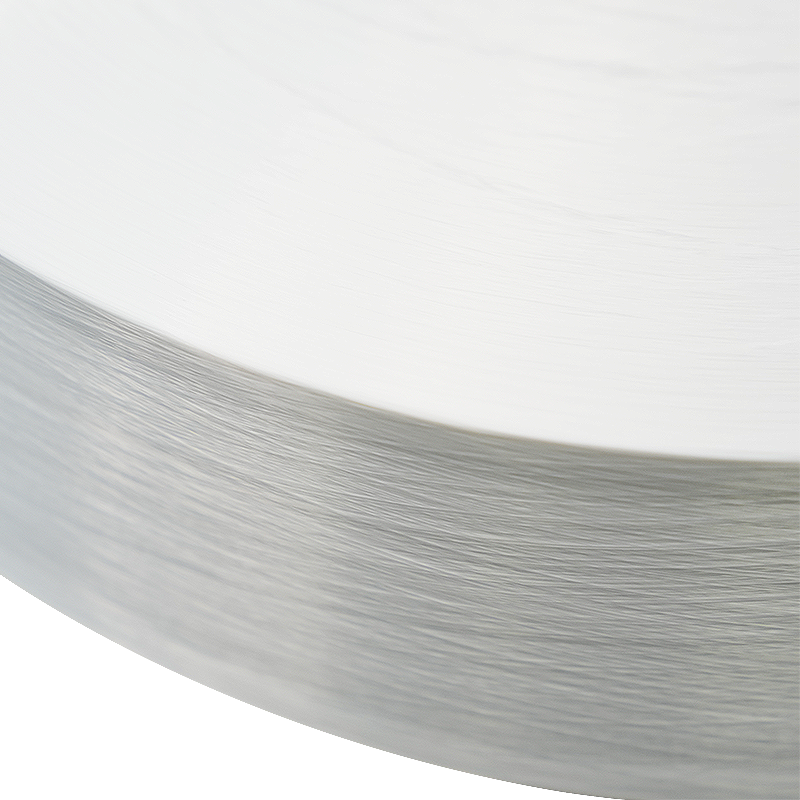
210D Polyester Nylon Composite FDY yarn is a composite fiber yarn. FDY is a mixture of polyester and nylon fibers. It combines the advantages of the two fibers, the abrasion resistance of polyester an...
See Details
High shrinkage blended polyester yarn has a high shrinkage rate and is suitable for textile manufacturing that requires shrinkage treatment, such as making pleated fabrics or textile shaping. Because ...
See Details
Water-repellent blended FDY yarn has good waterproof properties. This characteristic makes Water-repellent blended FDY yarn a greater advantage when making textiles with high waterproof requirements s...
See Details
Stretch durable FDY yarn has good elasticity and can return to its original shape after being stressed, giving the textile a comfortable wearing feel and good ductility. It can fit the contours of the...
See Details
Composite fiber yarn for textile use consists of 48 monofilaments. Relatively thin and composed of multiple filaments, it adds softness and texture to the fabric. This product is suitable for the manu...
See Details
Water-repellent high Filament spun yarn has strong water resistance, providing an extremely delicate touch while retaining strength. Suitable for a wide range of applications from intricate embroidery...
See Details
The fibers of 210D water-repellent yarn are relatively thick, making the yarn highly wear-resistant and durable, making it suitable for long-term use. Composite fiber enables yarn to have the advantag...
See DetailsAddress: Duntou industrial park, haian county, nantong city,jiangsu province ,China.
TEL: +86 15850491859
E-mail: sales-betty@hsnylon.com
If You Are Interested In Our Products, Please Consult Us